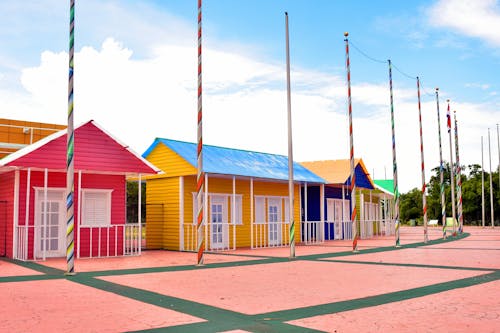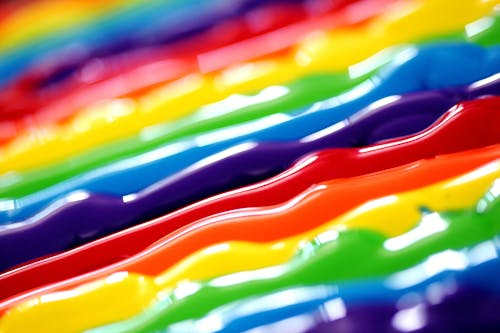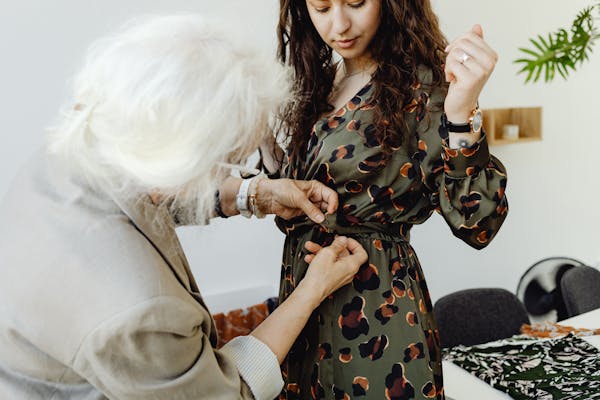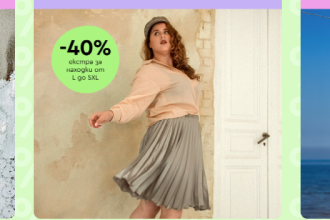Every outfit tells a story, and color is often the first chapter. Before a word is spoken, what someone wears communicates mood, attitude, and personality—often without them realizing it. Color plays a powerful role in how others perceive us and how we feel in our clothes. Whether intentional or instinctive, the shades we choose can influence impressions, interactions, and even emotions.

Red: Confidence, Power, and Passion
Red is one of the most commanding colors in fashion. It’s bold, eye-catching, and impossible to ignore. Wearing red can signal confidence, strength, and assertiveness. In many settings, it’s associated with leadership and bold moves. A red dress or a crimson blazer often sends a message of ambition and passion.
At the same time, red has romantic undertones. It’s linked to desire and attraction, which is why it’s so popular for eveningwear and date-night outfits. But too much red, or wearing it in very formal or somber settings, can come off as aggressive if not balanced with softer elements.
Blue: Calm, Trustworthy, and Thoughtful
Blue tends to inspire a sense of calm and reliability. It’s widely used in corporate fashion because it conveys stability, professionalism, and trust. Navy suits, chambray shirts, and denim jackets are wardrobe staples that carry this message effortlessly.
Lighter shades like sky blue or powder blue feel open, friendly, and more relaxed. Deeper tones like midnight or cobalt add sophistication and seriousness. People who gravitate toward blue often value harmony and consistency, and they tend to project a thoughtful presence.
Black: Elegance, Mystery, and Authority
Black is a classic for a reason. It communicates sophistication, elegance, and formality. A little black dress, a tailored black coat, or a sleek black suit instantly adds a sense of polish. It also has associations with strength and seriousness, making it a go-to for important meetings or high-end events.
But black is also the color of mystery. It can suggest complexity, introversion, or a reserved personality. In creative industries, black is often worn as a symbol of minimalism and modernity. It allows the focus to fall on form and silhouette rather than color itself.

White: Simplicity, Freshness, and Clarity
White symbolizes cleanliness, freshness, and new beginnings. Wearing white can suggest an open mind, clarity of thought, and a desire for simplicity. It’s a popular choice for summer wardrobes because of its light, airy feel.
In fashion, white often implies refinement—think crisp shirts, tailored blazers, or monochrome outfits. But it can also signal caution or formality. Because it’s harder to keep clean, wearing white can give off a subtle message of control and attentiveness to detail.
Yellow: Energy, Optimism, and Warmth
Yellow is the color of sunshine, and its effect on mood is often just as bright. It’s associated with happiness, optimism, and playfulness. Those who wear yellow tend to be seen as friendly, creative, and spontaneous.
Wearing yellow can be energizing, especially in casual or creative environments. But because it’s such a vivid and intense color, it’s usually used in small doses—scarves, accessories, or accent pieces. When overdone, it can feel overwhelming or even stressful in more serious settings.
Green: Balance, Growth, and Fresh Perspective
Green has deep roots in nature, which gives it a grounding, refreshing feel. It’s often linked to growth, renewal, and balance. People who wear green may be seen as dependable, relaxed, and connected to their surroundings.
Muted greens like olive or sage are especially popular in everyday wear, offering versatility and calmness. Brighter shades like lime or emerald can make a bolder impression without the intensity of red or yellow.
Purple: Creativity, Individuality, and Depth
Historically associated with royalty and spirituality, purple carries an air of depth and imagination. It’s a color that often signals creativity, uniqueness, and emotional richness. Those drawn to purple may be viewed as introspective or artistic.
In modern fashion, purple is used to add flair without being overly loud. Lavender tones bring softness and nostalgia, while deeper shades like plum or aubergine add mystery and sophistication.

Pink: Approachability, Playfulness, and Empathy
Pink, once strictly associated with femininity, has evolved into a more nuanced color. Soft pinks can evoke gentleness, kindness, and empathy, while bold pinks like fuchsia or magenta show confidence, energy, and a bit of rebellion.
People who wear pink often express warmth and openness. It’s also become a popular gender-neutral option in recent years, challenging old norms and adding to its contemporary appeal.
Brown: Grounded, Practical, and Reliable
Brown doesn’t scream for attention, and that’s exactly its strength. It’s a dependable, earthy color that speaks to stability and simplicity. Wearing brown can suggest a grounded, practical nature and a preference for comfort and familiarity.
In fashion, brown often comes through in leather jackets, boots, or neutral-toned separates. It blends well with almost anything, creating a sense of ease and approachability.
Gray: Neutrality, Balance, and Subtle Strength
Gray lives in the space between black and white, both literally and symbolically. It’s often chosen for its versatility and understated strength. It doesn’t dominate a look but supports it, offering a cool, balanced tone.
Light gray can feel modern and minimal, while charcoal suggests formality and depth. People who favor gray are often seen as composed, balanced, and thoughtful.
Color and Context
While color can shape perception, context matters too. The same red suit might feel commanding in a fashion editorial but out of place in a quiet office. The way colors are combined also changes their effect. Pairing bright with neutral tones can temper intensity, while layering similar shades creates harmony.
Personal associations also influence how color feels. A color linked to a memory or cultural meaning may affect how someone responds to it, whether wearing it or seeing it on someone else.
Final Thoughts
Fashion is never just about fabric—it’s about feeling. The colors we choose each morning say something about who we are, how we see ourselves, and what we want to express. Whether consciously selected or instinctively thrown on, the palette of our wardrobe sends signals far beyond trends.
Color doesn’t just style the body—it speaks the language of the mind. Understanding it can help you connect more deeply with your clothing, your identity, and the people around you.





